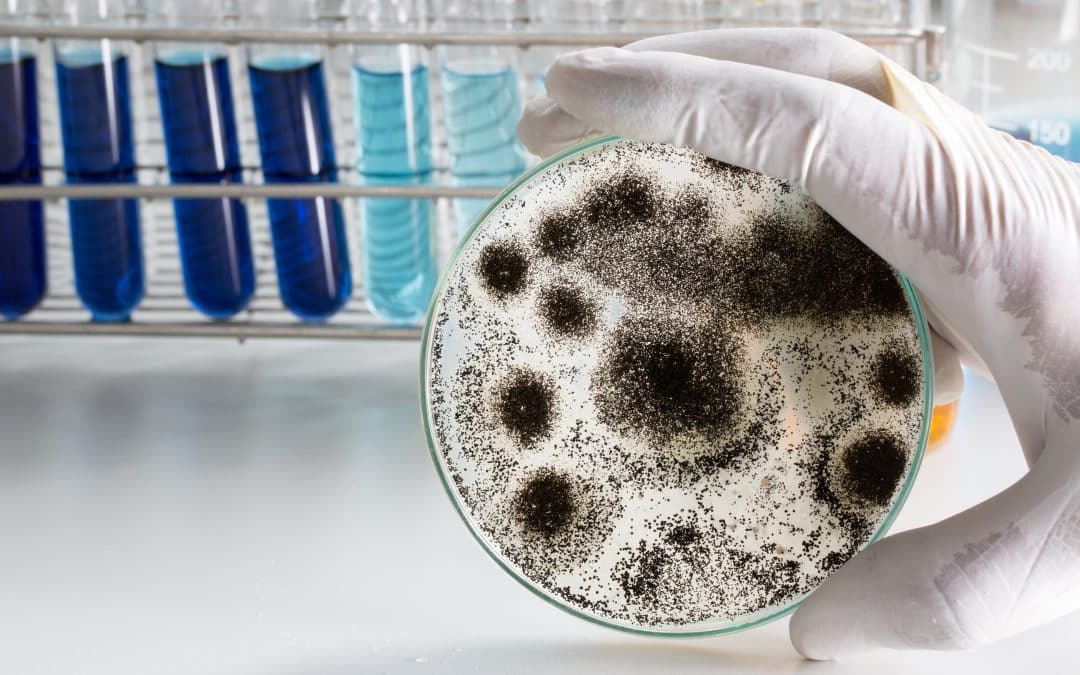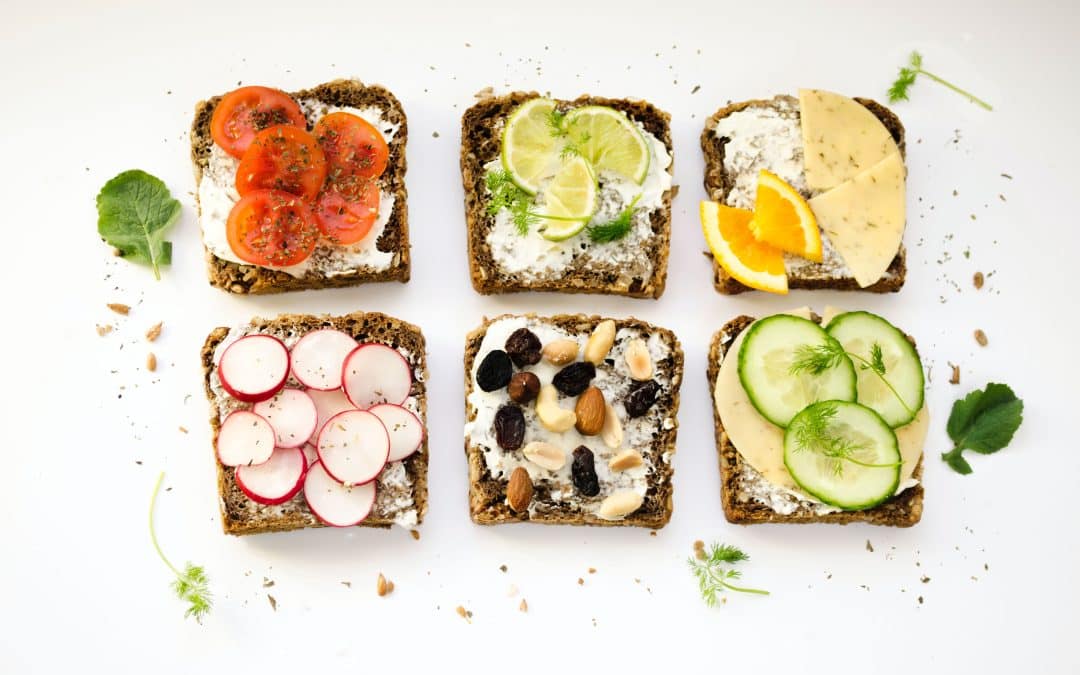Micronutrients

- Protein: macromolecules made up of chains of amino acids that constitute the majority of structural tissue and are involved in almost every function of the body. High-quality proteins of any kind are the best choice. This includes lean, grass-fed, organic, non-GMO animal products; and organic, non-GMO plant sources.
- Fats: macromolecules that are insoluble in water. They are chemically described as saturated, unsaturated, monounsaturated, or polyunsaturated. Good quality fats are essential for maintaining healthy cell membranes, providing energy, and modulating inflammation.
- Carbohydrates: macromolecules that makeup four groups: monosaccharides, disaccharides, oligosaccharides, and polysaccharides. Carbohydrates serve as a primary energy source, promote proper gastrointestinal functioning, and aid in the elimination of toxins and waste products.
- Minerals: inorganic nutrients found in foods that are essential for growth and health. There are two categories of minerals—macrominerals and microminerals (also known as trace minerals). Macrominerals are required by the body in large amounts. These minerals include calcium, chloride, magnesium, phosphorus, potassium, sodium, and sulfur. The body requires only small amounts of microminerals. These include cobalt, copper, fluoride, iodine, iron, manganese, selenium, and zinc.
- Vitamins: compounds found in food that are needed for growth and health maintenance. Some vitamins are classified as fat-soluble at soluble vitamins; these are Vitamins A, D, E, and K. Other vitamins are water-soluble; these include Vitamin C and the vitamin B complex: thiamine (B1), riboflavin (B2), niacin (B3), pantothenate (B5), pyridoxine (B6), biotin (B7), folate (B9), and cobalamin (B12).
- Phytonutrients: natural compounds and components of plants that lend color and taste and help promote health by multiple mechanisms. These mechanisms include stimulating enzymes that help the body get rid of toxins, boosting the immune system, promoting healthy hormone levels, etc. Fruits, vegetables, grains, legumes, spices, herbs, nuts, seeds, and teas all provide powerful phytonutrients. These phytonutrients come in all colors—green, yellow, orange, red, blue-purple, white, brown, and black.
Related Blogs
The Studio Method: Unraveling the Root Cause for Optimal Wellness
The Lifelong Athlete: Longevity Strategies for Peak Performance. Learn about cutting-edge interventions from Doctors Studio in Boca Raton.
Join the Wellness Revolution: Membership Benefits at Doctors Studio
Explore Doctors Studio's unparalleled membership benefits in Boca Raton—top professionals, exclusive discounts, holistic services for a wellness journey
The Five Root Causes Of Insomnia
What are the five root causes of insomnia? Find the root cause of your insomnia and get a full night's sleep—naturally.
Enlarged Prostate In Boca Raton: Treatment And Advice
How to find lasting treatment and genuine empowerment for an enlarged prostate in Boca Raton.
Should You Use Functional Medicine Telehealth Services?
Have you wondered if functional medicine via telehealth is a good fit for you? Learn more today!
What are Symptoms of Non-Celiac Gluten Intolerance?
An undiagnosed gluten intolerance can be a miserable experience.
Pro-Active Health: Is Mold Causing Inflammation?
Is mold causing inflammation? Florida is notorious for mold problems; here’s what you need to know to take charge of your health.
How to Find a Great Functional Medicine Doctor in Boca Raton
Functional medicine is a patient-focused, whole-body approach to healthcare. It is vastly different from the traditional approach that most of us are used to and centers around total wellness, preventative care, and treating or reversing chronic conditions.
Boost Immunity AND Burn Fat? LIPO-MIC: The Gift that Keeps on Giving!
Boost immunity AND burn fat with the ultimate Santa's little helper this holiday season! Lipo-Mic - the gift that keeps on giving!
Is Non-Celiac Gluten Sensitivity Making You Ill?
What is Non-Celiac Gluten Sensitivity? And is it responsible for your digestive and health problems? Read on to find out!
How To Get Started

Choose an Assessment Plan
Start the process by determining your current
wellness status.

Schedule a Consultation
Meet with an expert practitioner to review the results of you assessment and discuss your customized treatment plan.

Begin Your Wellness Journey
It's time to get back to balance and experience optimal wellness and quality of life










